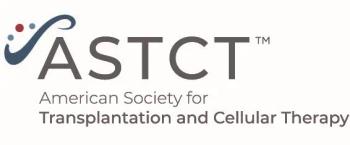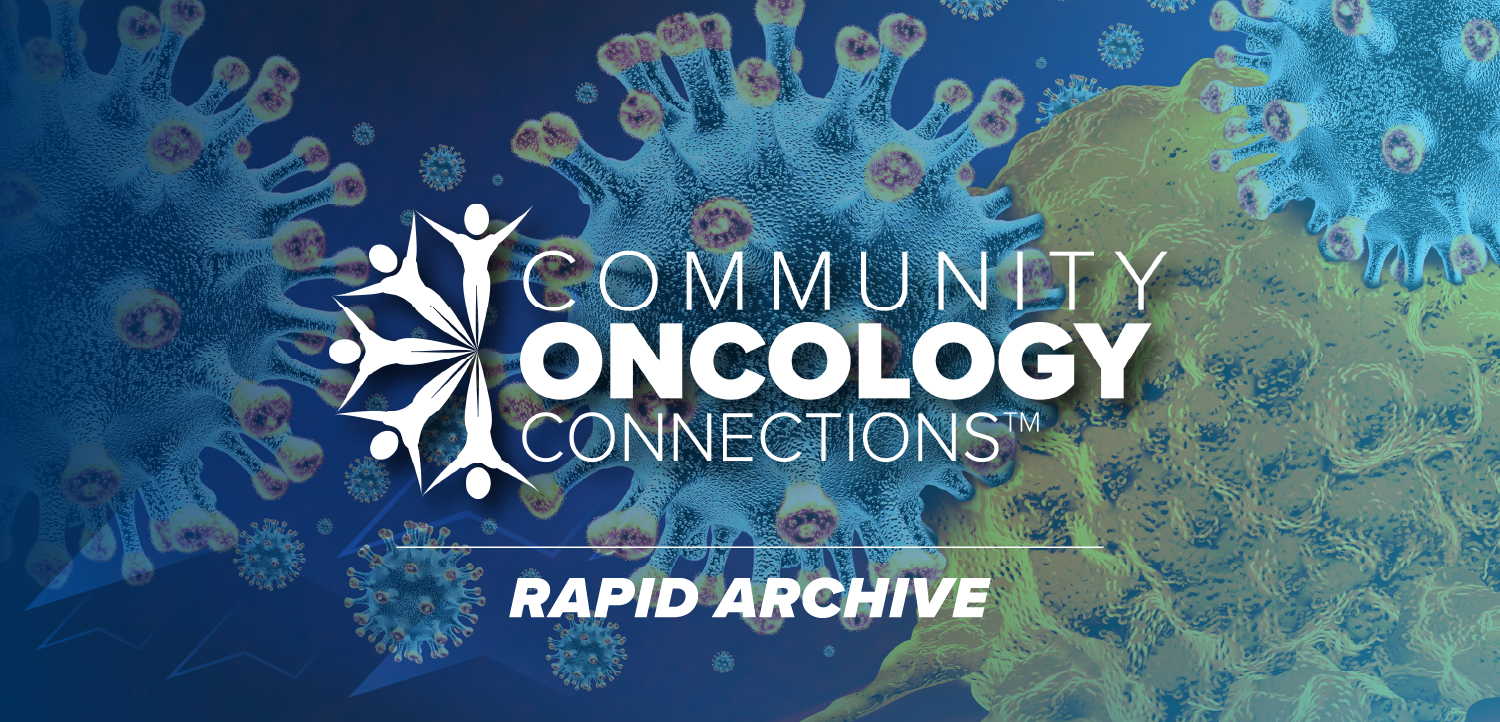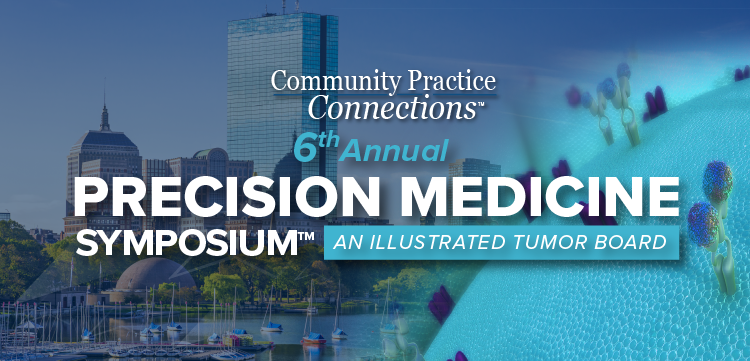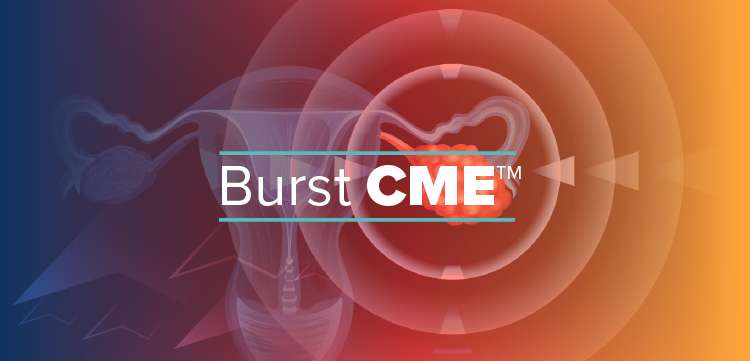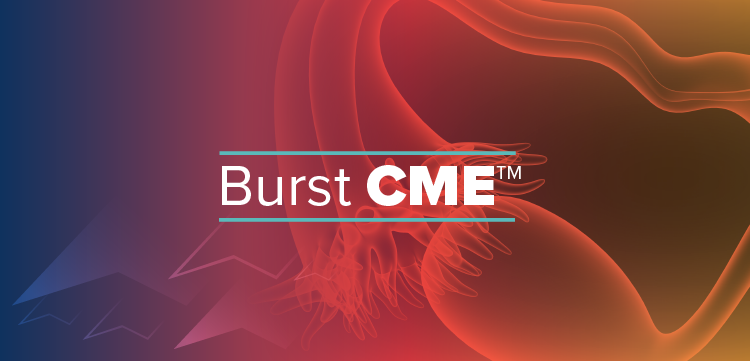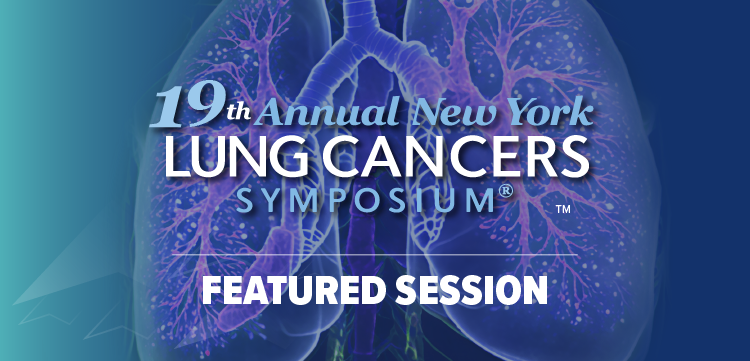![According to John Henson, MD, “What we need are better treatments to control the [brain] tumor once it’s detected.”](https://cdn.sanity.io/images/0vv8moc6/cancernetwork/e0d29c38bb732429ae370e4ef7d1829a10c96446-2992x1684.png?w=350&fit=crop&auto=format)
Funding is the Greatest Need in Neuroendocrine Tumor Research

Anna Greene, PhD, highlights the NETRF’s role as the largest funder of NET research, their current research funding opportunities, and its commitment to patient support.
The Neuroendocrine Tumor Research Foundation (NETRF) stands as the largest non-profit funder dedicated to neuroendocrine tumor (NET) research. The foundation prides itself on providing crucial support to patients navigating this complex and often misdiagnosed disease.
Anna Greene, PhD, director of research at the NETRF, spoke with CancerNetwork® about the ongoing work the NETRF conducts, and how more awareness is needed for this under-researched disease. Greene spoke about the annual grant cycle from the NETRF that highlights 4 distinct areas to bring more research to NET disease.
Addressing the critical unmet needs in NET care requires a multi-pronged approach. The NETRF is also a crucial pillar of support for the patient community. By tackling diagnostic challenges, fostering collaborative research, and empowering patients with knowledge, the NETRF is driving meaningful advancements in this space.
What is the NETRF?
Greene: The NETRF is a nonprofit that funds neuroendocrine cancer research, and we are the largest global funder of this type of research. To date, we have funded about $40 million in research since our beginning in 2005 across 76 institutions in 17 countries. In addition to our research mission, we also have a vital mission to support patients when they’re diagnosed with credible and trustworthy patient support materials. We have a great patient guide and a fantastic podcast called NETWise. We want to be there when patients do get diagnosed because, unfortunately, this disease is very heterogeneous in its presentation. About 50% of patients are misdiagnosed initially, and they spend, on average, about 4 years trying to get the correct diagnosis across 12 health care visits. It’s a long, arduous process to be diagnosed, and we want to be there to support patients once they do receive the correct diagnosis.
Are you able to give some background on the research opportunities currently underway?
Greene: We are excited to fund research in this space. It’s an important part of our mission. We have one grant cycle per year, which we call our request for applications. We generally call for applications at the beginning of the year. Our current process is already underway. We issue a call for letters of intent early in the year, we then review those letters of intent for those that seem most promising, and then a subset of those move forward to full applications, which get rigorously reviewed by our Scientific Review Board. The award funding [occurs] toward the end of the year, and this has to be approved by our board of directors. We want to select projects that we think are going to make an impact.
We do recommend that anyone interested in research funding sign up for our grant newsletter on our website, because that’s where we issue announcements, and you can find out when we’re issuing our next call for applications through that. In addition to that, we have four grant categories, so our one call for applications is in four different areas. Our Accelerator Award, which is our largest award, is a four-year, $800,000 award designed for multidisciplinary and collaborative work. We have an Investigator Award, which is a two-year, $270,000 award, and this is designed for an individual or a couple of investigators to ask questions about NET cancer research. We have a Pilot Award which is a one-year, $90,000 award, and this is designed for pilot studies, feasibility studies, and those high-risk, high-reward ideas that need some testing before they get additional grant funding. Finally, we have a Mentored Research Award, which is a two-year, $100,000 award for postdocs and clinical fellows who are looking to get their start in NET cancer research. This is an area that we’re excited about in terms of building our pipeline for the next generation of NET cancer researchers.
How can clinicians become aware of working with the NETRF as well as informing their patients of the opportunities the foundation provides?
Greene: We work primarily with patients and their families, and we do work with clinicians in certain areas. First, our mission is to help patients understand their illness so that they feel empowered to take an active role in their care. We want to be a valuable resource to them, but also for caregivers and clinicians who are looking for credible information. On our website, we have a NET Knowledge Center, and anyone can use the NET Knowledge Center. It has a lot of resources on disease treatment, and you can find our comprehensive patient guide there, with a link to our great podcast, NETWise. This podcast features information about the disease, but it also has interviews with clinicians, researchers, and patients. It’s a great, comprehensive podcast that looks at the disease state. Another way we work with clinicians is through our patient education programs. We have multiple patient education programs that are in-person, and some are online, but we work with clinicians to set the program and to provide that expert information during the patient education program. We’re excited about these programs and working with clinicians, and we’re always looking for people who are interested in contributing, so they can always reach out if they want to contribute in this way.
What is the greatest need in NET tumor research?
Greene: Funding. We need more funding. Most disease states would say that they need more funding. We believe that’s the case as well. We did a survey of our community last year and asked them what the greatest need was, and by far, they all responded with more funding. When you think about more commonly known cancers like lung cancer or prostate cancer, these cancer types receive hundreds of millions of dollars in funding per year, and we’re funding NET cancer research at about a $2 million level right now. We hope to increase that, but there’s a huge gap there in NET cancer funding vs these more commonly known cancers. We try to be strategic with the projects we fund, but it’s hard to compete with hundreds of millions of dollars in funding. We’re doing what we can to improve treatments and work toward a cure with our funding level, but we need more funding dedicated to NET cancer research.
Secondary to that is [we need] more NET cancer researchers. We want people who are dedicated to this disease type, who want to work in this [field], and they need funding. We try to do that through our mentored research award, by bringing people into the field. We hope that they will be dedicated and join our cause. That’s another area where we’re working to try to build that pipeline of NET cancer researchers. Another thing we’re trying to do is provide travel grants to our annual research symposium. We’re excited that we have dedicated funding for this year to bring in at least 10 early-career investigators to attend our symposium for little or no cost. That’s another way we’re trying to bring people into the field. We’re excited to have that happen.
Where is the NET research field headed in the next 5 years?
Greene: We recently set out to figure this out for ourselves. What we did was interview members of the scientific community. We did a lot of searching in the literature and reading as much as we could about the field. Then, we put together a research roadmap. This is where we, as the NETRF, are headed with our research program. This roadmap defines three pillars that represent large gaps in NET cancer research. We primarily fund basic and translational research at our foundation. These pillars are focused on that area.
The three pillars are early detection, improved treatments, and precision medicine. For early detection, this is an important pillar of research, and we have not funded a lot in this space. We think it’s important because, as I noted, it can take four years for patients to receive a diagnosis, which is time for the cancer to grow and metastasize. If we can detect these cancers earlier, we have a much better chance of curing them surgically. We feel it’s important to dedicate funding to this pillar to try to detect these cancers earlier.
Second to that is improved treatments. We’re pleased as a field to have an arsenal of treatments. These treatments stabilize the disease. They don’t tend to cause regression of disease or cure the disease, and they also have adverse effect [AE] profiles that aren’t pleasant for some patients. We need to work toward improved treatments that can ideally cure, but at least cause some regression of disease. We want therapies that improve quality of life. Some of our patient population can live long lives with this disease, and while they’re doing so, they’re taking treatments that can cause unpleasant AEs. We want treatments that they can take for a long time that improve quality of life.
Our third pillar is precision medicine. The idea behind this is to deliver the right treatment to the right patient. This is important, because, as I mentioned, there are AE profiles that aren’t pleasant for patients, and it affects patients differently. Some tolerate medicines better than others, and some respond better than others. How do we use molecular and genetic information to predict who’s going to respond, and who’s going to have fewer AEs on a particular treatment? We want to work toward individualizing treatment plans for patients because, ultimately, we want to cure this disease. In the meantime, we want an improvement in the quality of life for our patient population.
Is there any research currently being done by the NETRF that you are excited to see the results of?
Greene: We’re excited about all our projects. Like I said, we do pick our work strategically because we [only] have $2 million in funding. We want to be very passionate about the work we’re funding and so we’re excited to see how it progresses. We primarily fund basic and translational research, and we get excited when we see that work progress to the clinical research phase. I want to give a couple of examples of clinical trials that are now ongoing that resulted from the pre-clinical work that we funded.
One of those is a novel CAR T-cell immunotherapy where we funded pre-clinical work at the University of Pennsylvania for many years, and it’s finally made it to clinical trial. We’re very excited to see how this evolves. It’s a phase 1/2 trial that’s sponsored by Chimeric Therapeutics, and they recently reported that the first patient with NETs was treated with this CAR T-cell immunotherapy, and this patient had progressive disease, but after the therapy, they now have stable disease at 60 days.1 These results are early, but we’re hopeful given that it’s stabilized disease, and that’s an exciting outcome.
Another trial is focused on a target called uPAR.2 We funded some pre-clinical work in the space on this new target, uPAR. Our targeted therapies in NET cancer research are primarily targeting a peptide called somatostatin. There is a subset of our patient population that doesn’t express this, or they don’t highly express somatostatin, so they’re not eligible to take some of our more targeted treatments. This is an unmet need for this patient population. These are primarily patients who have a higher-grade disease, so it’s important that we find a way to treat them in a more targeted manner. There are some trials ongoing to look at this target, uPAR, which is found in these higher-grade NETs and neuroendocrine carcinomas. We’re excited to see if it can be a successful target for this patient population that doesn’t currently have a targeted treatment.
In general, we’re just excited about the work we fund. We’re waiting to see how it evolves. We do track outcomes on our projects because we think it’s important to tell our donor community where their money is going, so we provide a lot of updates on our projects to our community, and we’re very pleased when it moves into the clinical trial phase.
Is there anything else you would like to add?
Greene: At NETRF, we’re concerned with some of the proposed and actual budget cuts at the NIH. Our model is to fund research in neuroendocrine cancer, but, ideally, investigators will gather enough data to receive follow-up funding at the NIH or other funding bodies. It’s important that the pipeline progresses so that they can keep funding this research. It can form programs of research and so forth. We’re concerned about that. We just want the community to know that we’re here. We are excited to continue funding research in this space, and we’re trying to increase the amount that we’re funding so that we can meet the needs of this community, so that we can move toward better treatments and, one day, a cure for this disease.
References
- Eads JR, Morelli MP, Olson D, et al. A phase 1/2 study to evaluate CHM-2101, an autologous cadherin 17 (CDH17) chimeric antigen receptor (CAR) T cell therapy for the treatment of relapsed or refractory gastrointestinal cancers. J Clin Oncol. 2025;43(4). doi.10.1200/JCO.2025.43.4_suppl.TPS844
- uPAR-targeted PRRT: new radionuclide-based therapy. Neuroendocrine Research Foundation. Accessed April 11, 2025. https://tinyurl.com/3jzk4hjw
Newsletter
Stay up to date on recent advances in the multidisciplinary approach to cancer.



